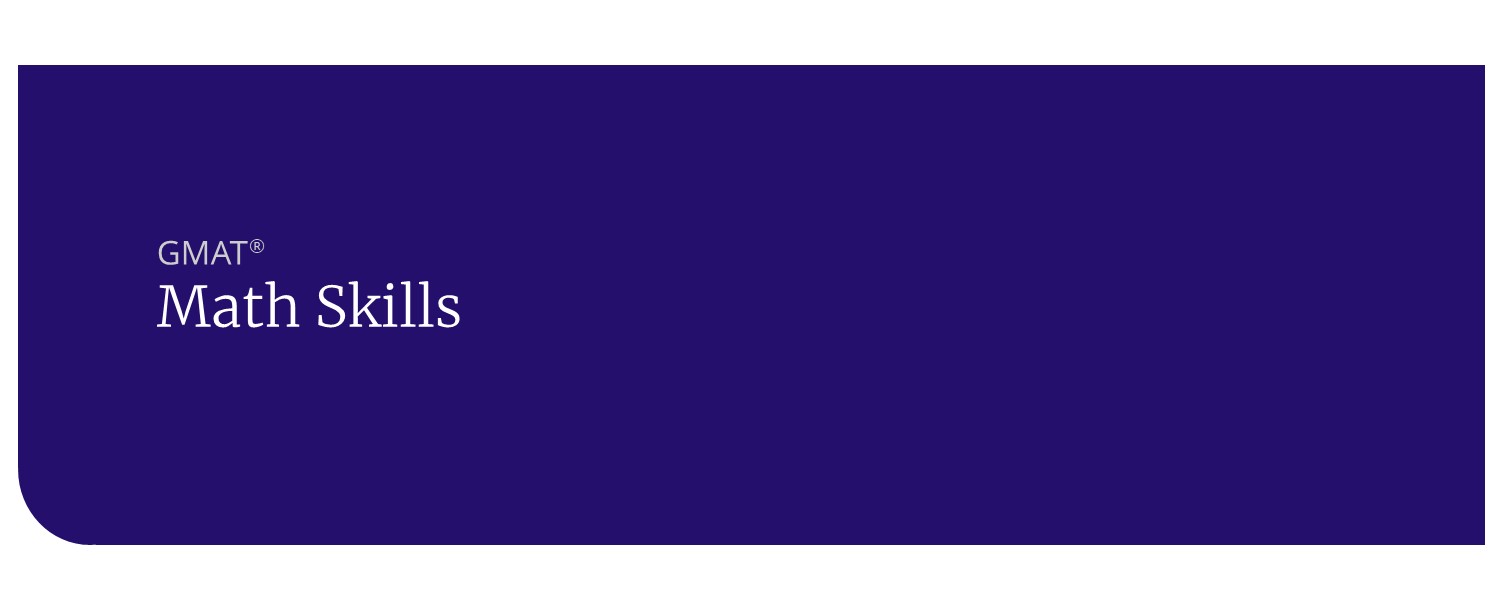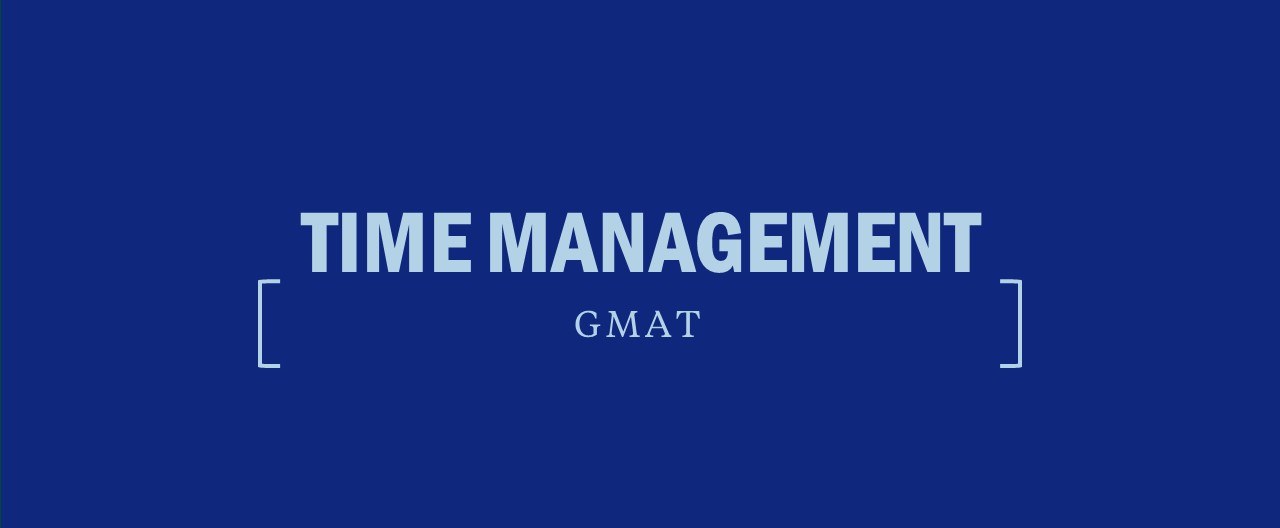What Math Skills Are Tested on the GMAT?
Start the year off strong by diving into your GMAT math prep with vigor (or renewed vigor, as the case may be.) The Quantitative section is often the most feared, but its content is predictable and conquerable. Brush up on the specific math skills that the exam tests and pair this knowledge with solid critical thinking to be successful.
Remember, the concepts presented here are the basics of what the GMAT tests. For advanced concepts and questions, the test-makers will build on the basics and use certain variations to make these more difficult.
[ RELATED: GMAT Quantitative Strategies ]
GMAT Math Skill #1: Arithmetic
While arithmetic is foundational in grade school (and thus requires a great deal of review for many GMAT students), you must study the fundamentals as well as the more advanced concepts. The GMAT tests your ability to do the following:
- Manipulate fractions, decimals, and ratios (as well as convert among the three).
- Understand the properties and concepts of real numbers (such as odds and evens, integers, and multiples).
- Work with percentages.
- Calculate and manipulate exponents and roots.
- Understand and apply descriptive statistics (mean, median, mode, standard deviation).
- Understand and apply properties of sets (such as Venn diagrams).
- Know and apply various counting methods (including permutations and combinations).
- Understand, calculate, and analyze probability.
Several Quantitative questions you’ll encounter on GMAT Test Day will require the application of more than one of these topics. In arithmetic, there are several concepts and equations you’ll have to memorize.
Generally, the algebra you’ll encounter on the GMAT does not test you above a high school level. However, it has probably been several years since high school. These are the concepts you must review for the test:
- Manipulating algebraic expressions (isolating variables and solving for a variable).
- Solving equations (linear equations with one or more unknowns and quadratic equations).
- Solving and manipulating inequalities.
- Applying and solving functions.
Since the GMAT isn’t a high school equivalency exam, the test-makers added additional concepts that borrow heavily from the items above but add a real-life dimension to the concept. The GMAT requires that you know a few more equations and concepts. However, at the base level, this is just an additional application of the concepts above. These additional applications include the ability to calculate the following:
- Interest (both simple and compound).
- Discounts and/or profits.
- Work and combined work problems.
- Rate and measurement problems.
While this list of what you need to know for GMAT math is comprehensive, it is not sufficient by itself. Since the GMAT doesn’t require a significant amount of outside knowledge, you’ll find these concepts presented in a manner that makes them far more difficult than they seem on paper. The only way to ensure you are prepared is to practice.
GMAT Math Skill #4: Coordinate Plans
While geometry was removed from the GMAT Focus, coordinate plane geometry is actually considered algebra—so coordinate plane can still appear on the GMAT Focus.
Every line on a coordinate system can be expressed in the form y = mx + b where m is the slope and b is the y-intercept (that is, the point where the line crosses the x axis).
Be sure you are comfortable with the relationships between parallel and perpendicular lines in the coordinate plane. Lines that are parallel have the same slope; they continue at the same slope to infinity and never cross. A line that is perpendicular to another line has a slope that is the negative reciprocal (change the sign and flip the fraction) of the other line’s slope.
For example, y = 23x + 4 will be parallel to all other lines that share a slope of 23. A line that is perpendicular to y = 23x + 4 would have a slope of -(1/23), which you find by changing the positive sign to a negative and taking the reciprocal of the fraction.
FREE PREMIUM CONTENT
GMAT Math Quicksheet
Unlock access to our free GMAT Math Quicksheet



